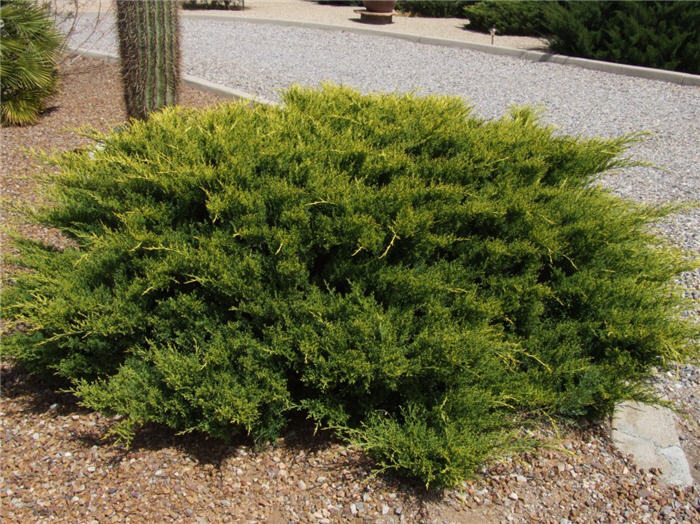| Botanical Name: Juniperus sabina 'Scandia' | |
| Common Name: Scandia Juniper |

-
Anatomy
-
Culture
-
Design
Plant Type
Conifer, Shrub, Ground cover
Height Range
Under 1'
Flower Color
n/a
Flower Season
n/a
Leaf Color
Light Green, Yellow Green
Bark Color
Brown, Red
Fruit Color
n/a
Fruit Season
n/a
Sun
Full
Water
Low, Medium
Growth Rate
Moderate
Soil Type
Sandy, Clay, Loam, Rocky, Unparticular
Soil Condition
Average, Rich, Poor, Well-drained, Dry
Soil pH
Neutral, Basic
Adverse Factors
n/a
Design Styles
Formal, Japanese, Mediterranean, Ranch
Accenting Features
Unusual Shape
Seasonal Interest
Winter, Spring, Summer, Fall
Location Uses
Background, Shrub Border, Foundation, Parking Strip, Patio, Parking Lot, Raised Planter, Walkways, With Rocks
Special Uses
Erosion Control, Filler
Attracts Wildlife
n/a
Information by: Stephanie Duer
Photographer:
Photographer:
-
Description
-
Notes
'Scandia' juniper forms a densely branched evergreen groundcover with slightly horizontal branches, creating a layered appearance. It grows about 1 foot tall and up to 8 feet wide. It has soft green to yellow green foliage that holds its color all winter. Use as a groundcover, in a shrub border, or a rock garden.
Grow in any soil that is well draining, including sandy, gravelly, or clay soils, but they must be well draining. Best growth in full sun. Once established, it tolerates dry soils and heat. Avoid shearing, as that will made the juniper woody and stiff; instead, prune selectively if necessary (see Guides).